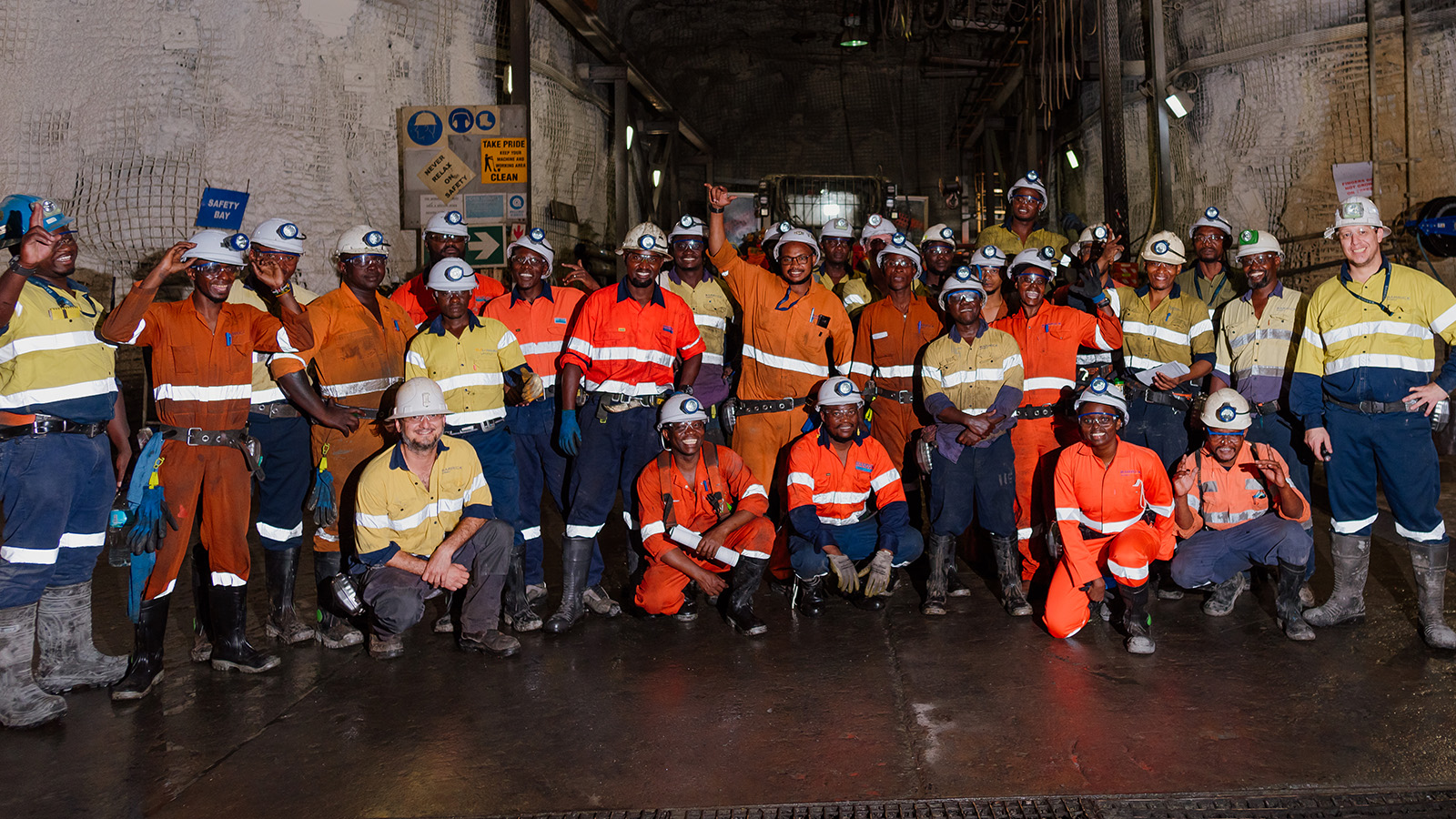
Barrick said the resurrection of the North Mara and Bulyanhulu gold mines and their transformation into an asset with the potential to be included in its elite Tier One portfolio as a combined complex is a remarkable success story.
With its North Mara and Bulyanhulu gold mines set to achieve a combined production in excess of 500,000 ounces (oz) for the second year running, Barrick Gold Corp. is looking to expand its East African footprint from this base. Speaking to media at a briefing at a local school near to the North Mara Mine, Barrick President and CEO Mark Bristow said the resurrection of these moribund mines and their transformation into an asset with the potential to be included in Barrick’s elite Tier One2 portfolio as a combined complex was a remarkable success story.
“Our groundbreaking Twiga partnership with the Tanzanian government not only settled its long-running disputes with the mines’ previous operators but has established a model for mutually beneficial cooperation between miners and their host countries, particularly in Africa. By demonstrating that Tanzania is an investor-friendly destination it also augurs well for the future of the country’s mining industry,” he said.
Both North Mara and Bulyanhulu have been ramping up production, with North Mara hitting a record 505,000 metric tons (mt) of ore and waste mined last quarter. It continues to optimize the underground operation while the change to an owner-mining strategy has boosted the expansion of both the mine and open pit operations. At Bulyanhulu, the development of the main declines to access the Deep West zone of the orebody started last quarter. The production ramp-up at both mines is being supported by fleet upgrades.
“We continue to target further growth through reconnaissance and the consolidation of key licenses. Extension opportunities are being assessed along the Gokona strike and throughout the Bulyanhulu Inlier. Results from the deep drilling at Gokona are pointing to a significant potential for extending North Mara’s life,” Bristow said.
“In addition to the brownfields exploration designed to maintain the positive trend on resource expansion and conversion at the two mines, we are also looking further afield. A better understanding of the region’s geological architecture will improve our ability to discover new world-class development opportunities in our areas of interest.”
In line with Barrick’s localization policy, Tanzanians make up 96% of mines’ workforces, with 45% drawn from the communities surrounding the mines. Host country nationals account for 58% of the senior management. During the past quarter, the mines spent $339 million with Tanzanian suppliers and service providers. Since it took over the mines in 2019, Barrick has contributed over $2.1 billion to the Tanzanian economy.






